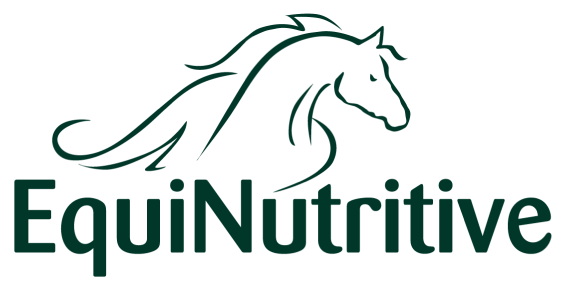Respiratory Infections in Horses
Respiratory infections in horses are relatively common and can be the result of various factors.
The most common infectious airway disease of horses is equine influenza (EI) which can be caused by a number of different pathogens. EI is highly contagious and is spreads among horses via tiny airborne droplets produced through coughing and/or sneezing. Influenza can also be spread indirectly through handlers and by sharing equipment. For this reason all horses on a yard should have their own tack, grooming kits and feeding utensils as this greatly minimises the risk of cross contamination.
Equine Influenza has a relatively short incubation period and symptoms usually appear within 1-5 days of a horse becoming infected.
Symptoms of Equine Influenza
- Increased temperature
- Nasal discharge
- A dry, hacking coughing
- Swollen lymph nodes
- Loss of appetite
- Lethargy
Flu is particularly concerning for young foals, older horses and those with compromised immune systems as they are more likely to develop secondary complications or further infections. Unfortunately, there is no direct cure for equine influenza and treatment normally includes supportive care and plenty of rest. Although rarely fatal, it can take several weeks to months for horses to make a full recovery from respiratory infection and their immune systems may remained weakened.
What to do if you suspect your horse has flu
If you suspect your horse has developed influenza they should be isolated immediately as this will minimise the risk of disease spreading. A vet should also be called to confirm or rule out a diagnosis.
To diagnose EI, a vet will carry out a nasal swab to test for presence of the virus. A blood test may also be conducted to test for antibody levels to determine the severity of infection.
If an infection is confirmed, biosecurity measures should be implemented to limit the spread. It is also a good idea to make others who may have come into contact with the affected horse/s aware so they can take appropriate measures to minimise the risk of spread.
Infected horses can remain contagious for up to 14 days after infection. Horses should remain in isolation until they are no longer infectious. A premises should remain closed until all horses on site are no longer contagious.
Preventing Equine Influenza
There are many measures we can take as horse owners to minimise the risk of EI. Thankfully, a vaccine is widely available and is compulsory for all horses competing under FEI rules. Following an initial vaccine course, horses will require a booster vaccine every 12 months. If your horse does not receive a booster vaccine within 12 months of their last dose, the vaccination course should be restarted.
The overall spread of disease can be greatly reduced when a higher number of horses are vaccinated. Vaccinated horses will typically shed less of the virus and therefore reduce the risk of spread to others.
When introducing new horses to a yard, they should be isolated away from the current population of horses for a minimum of two weeks to prevent the spread of any potential infections. During this isolation period, horses should be regularly monitored for any signs of sickness. Ideally in a yard environment, any staff who work directly with new arrivals should take extra biosecurity measures to ensure they aren’t risking the spread of germs to the existing herd
Before using show ground stables, it is a good idea to disinfect these and bring your own bedding wherever possible. Direct contact between unfamiliar horses should be kept to a minimum.
Hygiene is extremely important in the management and prevention of contagious diseases such as EI. Ideally if someone comes into contact with a sick or contagious horse they should not come into contact with unaffected horses. If this is unavoidable, strict biosecurity measures should be adhered to such as wearing PPE handling a sick horse, washing hands and changing clothes after handling a sick horse.
Overcrowding can increase the chances of disease transmission. Provide ample space for each horse, allowing them to maintain a safe distance from one another. As a general rule grazing pastures should provide a minimum of 1.5 acres of space for each horse. Stables should have adequate ventilation as airflow helps reduce the risk of airborne transmission of viruses.
Post-Infection Considerations
When recovering from flu or other respiratory infections, it is important that the dust levels in your horse’s environment are kept as low as possible to prevent further irritation to the respiratory system.
Following recovery from flu, horses should be brought back into work very gradually following a period of sickness as it will take time for their fitness levels to increase. During recovery it is also important to monitor your horse’s health closely to ensure they are not displaying symptoms of secondary infections or complications.
Whilst it may seem scary, thankfully Equine Influenza is one of the most easily prevented diseases. Vaccinations are readily available from the majority of veterinary practices and these carry a very minimal risk of side effects. With increasing regulations, more and more of the equine population should be receiving vaccines to minimise the risk of EI. If you do have any concerns regarding influenza or vaccinating your horse, it is a good idea to consult with your vet who will be more than happy to explain the vaccination process, it’s benefits and any potential risks depending on individual cases.

